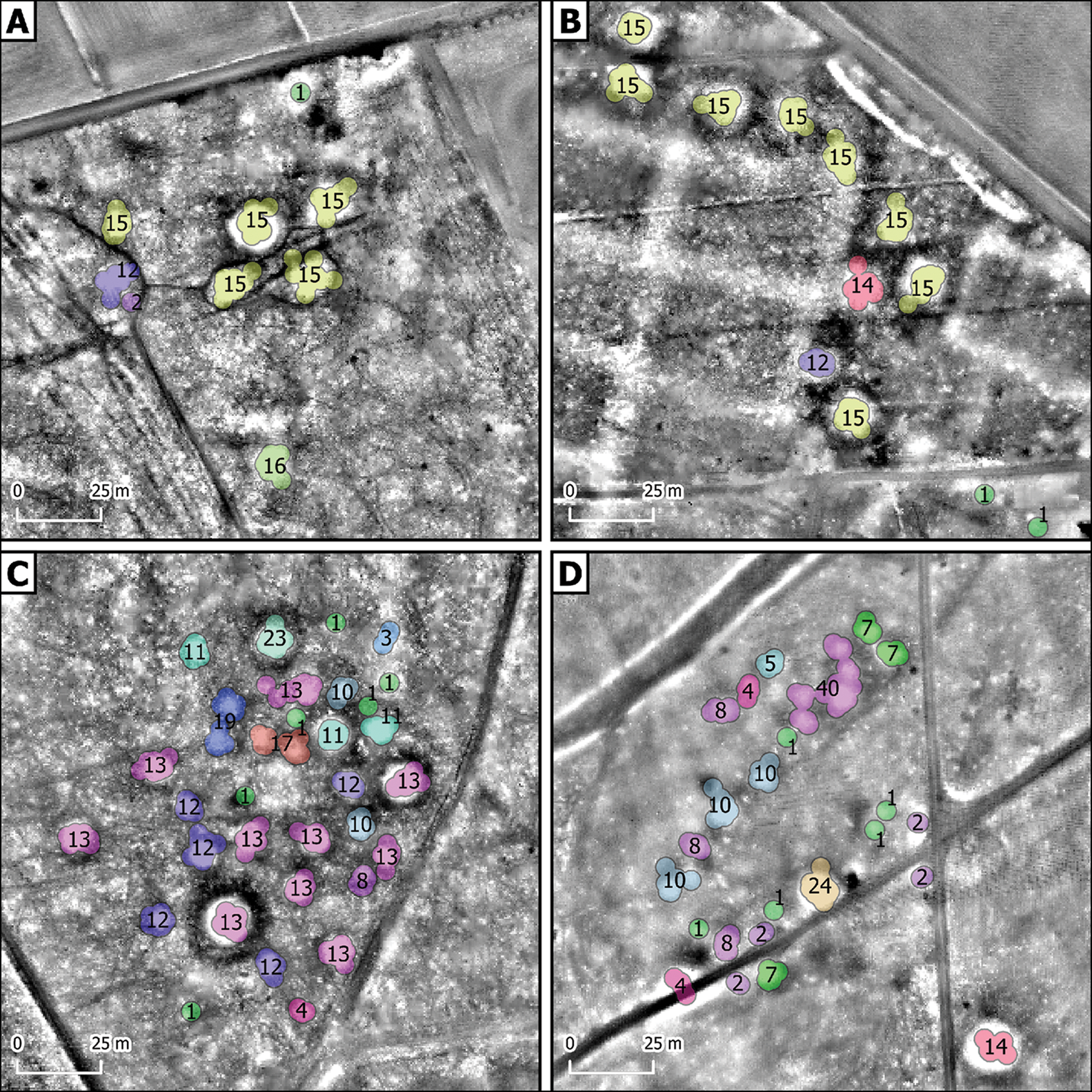Assessing the quality of citizen science in archaeology
More than 6,500 volunteers have supported the accurate identification of approximately 1,000 prehistoric burial mounds in the Netherlands in just four months, proving the value of involving volunteers in archaeology.
In 2018, the Heritage Quest project was launched to harness the power of citizen scientists, utilizing crowd-sourcing to identify archaeological features on lidar imagery of the central Netherlands. Through the involvement of thousands of people online, prehistoric burial mounds were identified across the region in a short amount of time. However, the accuracy of crowd-sourced data has been questioned in the past, as the majority of volunteers are not professional archaeologists.

“While the volume of data exceeded our expectations, we faced a key challenge common to large citizen science projects: how reliable are the detections made by volunteers?” states lead author of the research, Dr. Quentin Bourgeois from Leiden University.
To assess the accuracy of the data, the authors performed a ground-based survey of 380 sites identified during the study 1, examining them in person to determine whether they were in fact prehistoric barrows. According to Dr. Bourgeois, the results are clear. “Citizen science works. We found a direct correlation between the number of volunteers identifying a potential archaeological object and its likelihood of being a prehistoric burial mound.”
This means that the Heritage Quest project has discovered 1,000 previously-unknown burial mounds, doubling the number of known mounds from the region in just four months. Importantly, this shows the value of involving volunteers in archaeological projects, allowing for the identification of archaeological features much more quickly than could be achieved by professionals alone.
“What would have taken professional archaeologists years to accomplish was achieved in a matter of months thanks to the combination of lidar technology and citizen participation,” adds Dr. Bourgeois.
It also has implications for heritage policy-making, as local governments can apply citizen science to quickly and cost-effectively identify heritage sites for protection. In the future, the authors plan to combine volunteer participation with machine learning, identifying archaeological sites on an even greater scale.
However, according to Dr. Bourgeois, the most exciting part of the research was seeing how the involvement of the volunteers led to greater community engagement with archaeology, producing outspoken supporters for the region’s heritage.
“I’m blown away by how many previously unknown burial mounds the volunteers helped uncover,” concludes Dr. Bourgeois. “I knew we were working in an important area with many traces of a prehistoric landscape still preserved, but I never expected to find so much so quickly.
“But for me, the most amazing outcome is seeing the passion the volunteers had for our research. They have now become vocal advocates for the preserved traces of prehistoric landscapes in their region.”
References
- Bourgeois Q, Kaptijn E, Verschoof-van der Vaart W, Lambers K. (2024) Assessing the quality of citizen science in archaeological remote sensing: results from the Heritage Quest project in the Netherlands Antiquity doi: 10.15184/aqy.2024.127 ↩